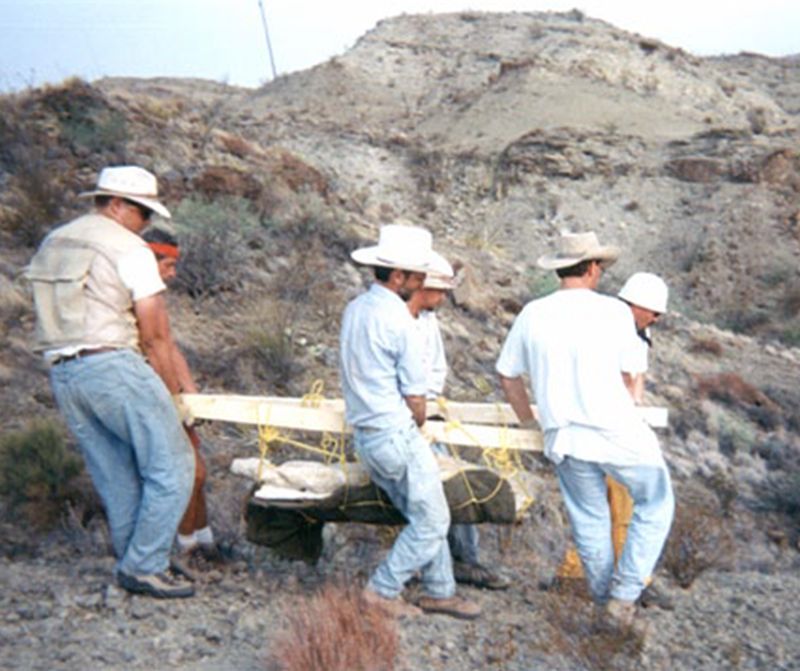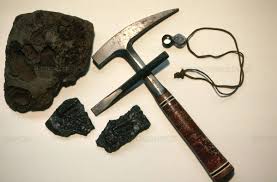Paleo means “ancient” ontology means “the philosophic study of beings” or “creatures”
Paleontologists study the categories, properties, and relations between primitive organisms and their environments on Earth prior to the last glacial period approximately 11, 650 years ago.
Ma (mega-annum)or mya refers to “million years ago.
Want to Be a Paleontologist?
Paleontologists study all primitive fossilized life -animals, plants, fungi, bacteria, and other single-celled organisms. You must have a Ph.D. to be able to have a career as a professor or researcher in this field. Paleontologists work in museums, at colleges or universities, in the federal or state governments, or for private companies like the oil and gas industries.
To become a paleontologist, it is important to have a strong natural science background with a major and minor in either biology and geology.
Undergraduate classes, which take 4-5 years, include physics, chemistry, computer science, calculus, and statistics.
Biology of present-day organisms, as well as invertebrate and vertebrate paleontology, are studied along with ecology, genetics, and evolution. Geology includes mineralogy, stratigraphy, and petrology. Both include vital labs and fieldwork.
Earning a Master’s degree, which takes about 2 years, will prepare the student to conduct independent and original research, present, and publish that research. A Master’s degree will enable the student to be hired in the field of Geosciences working for the oil and gas companies and teaching in colleges.
The Doctor of Philosophy or Ph.D-takes about 5 years in which there is extensive coursework in the specialty that is chosen and a research-oriented dissertation. When finished, the Ph.D. will have studied the history of organic life on Earth, the history of Paleontology, billions and millions of years of geologic time, extinction events and ice ages, be able to work with colleagues of different sciences toward a common goal and evaluate the discoveries using specialized computer programs. This degree has so many different avenues to follow when completed.

What Paleontologists Do- the Short List

*Find locations for fossils using stratigraphy and clues from its paleoenvironment.
*Find and excavate fossils using tools such as shovels, chisels, drills, picks, and brushes.
*May work with colleagues from other scientific fields such as archeologists or paleoecologists to gain more information about the location.
*Gather information from fossils and sediment to determine the age of the location and discovery.
*Prepare the fossil to be transported to the lab using transfer technique– embedding the fossil
in plastic resins such as epoxy or jacketing by applying strips of fabric soaked in liquid plaster.
Both need some drying time before moving.
At the lab, this coating is removed leaving the integrity of the fossil and the position found intact.
*Compare new data with existing data using radar scanning, X-rays, statistical, and other computer analyses.
*Make comparisons of the similarities and differences of new discoveries to existing fossils.
*Write and publish professional papers about new discoveries to be peer-reviewed and celebrated in the paleontological community.
